Everyday Math Makes Me Want to SCREAM
This post may contain affiliate links.
I don’t normally loathe things. But I loathe Everyday Math for the hell it put my daughter through and the poor math foundation it gave her.
Thank you so much.
You Don’t Know How to Subtract, Mom
My breaking point came one Tuesday evening. My sobbing seven-year old daughter told me I didn’t know how to subtract. To learn, I needed to read the four page Powerpoint presentation on her teacher’s website. (Here’s another teacher’s Power Point.) Four. Pages. ABOUT SUBTRACTION. (But, um, I do know how to subtract, don’t I?)
So, like any normal parent, while opening up the file, I ranted on Facebook.
(Did you know there’s a Facebook support group for people like me? –Parents Against Everyday Math.)
Her subtraction was backwards.
It looked like this:
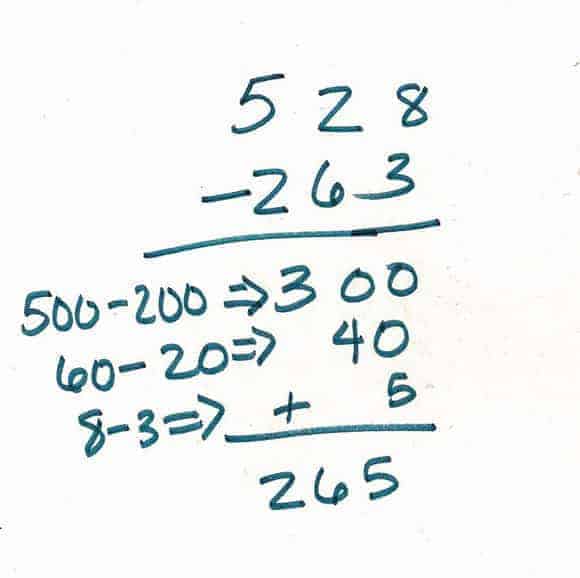
Now, this kind of method is fine for mental math, sure. But NOT for pencil and paper algorithms – it’s confusing and takes too long!
To make matters worse, it’s certainly NOT a good foundation if the math curriculum doesn’t continue like this through middle and high school. A Facebook friend wrote, “After 6 years of homework battles in elementary school, kids get to un-learn [Everyday Math] in middle school with traditional math. How does that make sense to anyone other than the self-appointed Einstein raking it in?”
Everyday Math Leaves Kids Behind
It was bad enough in first grade when AJ didn’t learn money in the one week it was taught, or time in the one week that was taught, or the addition facts when they were taught. She fell farther and farther behind with the promise that the curriculum would spiral back around eventually.
Her teachers through out these years reassured me that, she’d catch on when she was ready and that the research on Everyday Math was extensive, and it was a really a good way to teach math.
[Insert bad word here that starts with BS.]
Because those statements weren’t true. Not good research. Nor did she catch on eventually. (Google EM research and you’ll see, I’m not going to go into it here.)
Since AJ hadn’t learned the basics, she couldn’t catch on to the next spiral months or a year later.
She believed she was stupid.
Conversely, students who excelled in math weren’t challenged at their ability level and were bored. Herein lies a big problem with Everyday Math — it teaches to the middle so you hit the middle kids and leave out the rest.
Blame the Teacher?
An Everyday Math trainer told my friend that it must be because the teachers were incorrectly implementing the curriculum.
Is the curriculum that easy to mess up?
I don’t think so.
. . .
New Math
In a recent phone conversation, Audra Haskins, Director of Lower School at Aspen Academy in Colorado, explained this about Everyday Math, “It doesn’t go deep; there’s not a lot of repetition, review, or application.”
A teacher friend of mine from Twitter added, “The material jumps around so much that mastery is not achieved on any level (at least in second grade.) It doesn’t make sense. I hate it! I am worried about the future of my students because I felt like I didn’t teach solid math this year.”
Investigations is another curriculum in the New Math genre.
Haskins said, “Investigations is designed to assume the kids are good at math and know the skills and apply them. If kids don’t know it, they’re never going to get there.”
Mom of eight and blogger, Gretchen White commented on Facebook, “I LOATHE Investigations. I’ve ranted about it extensively. It’s the main reason we left our former school. I remember our 2nd grader having to count the pockets in our family for homework one night and I realized it was failing him as a mathematician. I’ve been happy with Saxon, although I know there are plenty of Saxon critics. It seems like “real” math, for lack of a better word.”
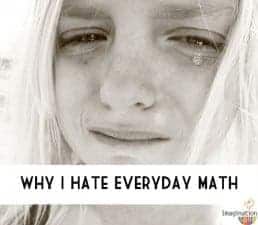 Want to read more concerns about Everyday Math? Try Concerned CT Parent, Ed Weekly Blogger, Rational American, Amy Johnson, Andrea Merida, parents on this forum, Rox Dover, and Parent Pundit.
Want to read more concerns about Everyday Math? Try Concerned CT Parent, Ed Weekly Blogger, Rational American, Amy Johnson, Andrea Merida, parents on this forum, Rox Dover, and Parent Pundit.
To summarize,
3 Reasons I Hate Everyday Math
- Everyday Math does not teach basic number sense.
- Everyday Math makes simple math operations harder than necessary.
- Everyday Math does not differentiate for kids who need longer time or kids who need to move faster.
Cue Music, Enter . . . Singapore Math
We moved schools to one with a FANTASTIC math curriculum — Singapore Math. It goes deep into twelve concepts and teaches to mastery (meaning that kids learn it before moving to a new concept.) Tomorrow I share my happy experiences with Singapore Math. 🙂
What does your school use for math? Or homeschool? What do you like or dislike about it?

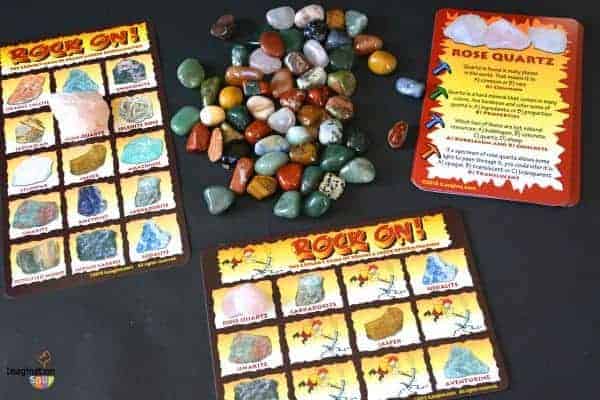

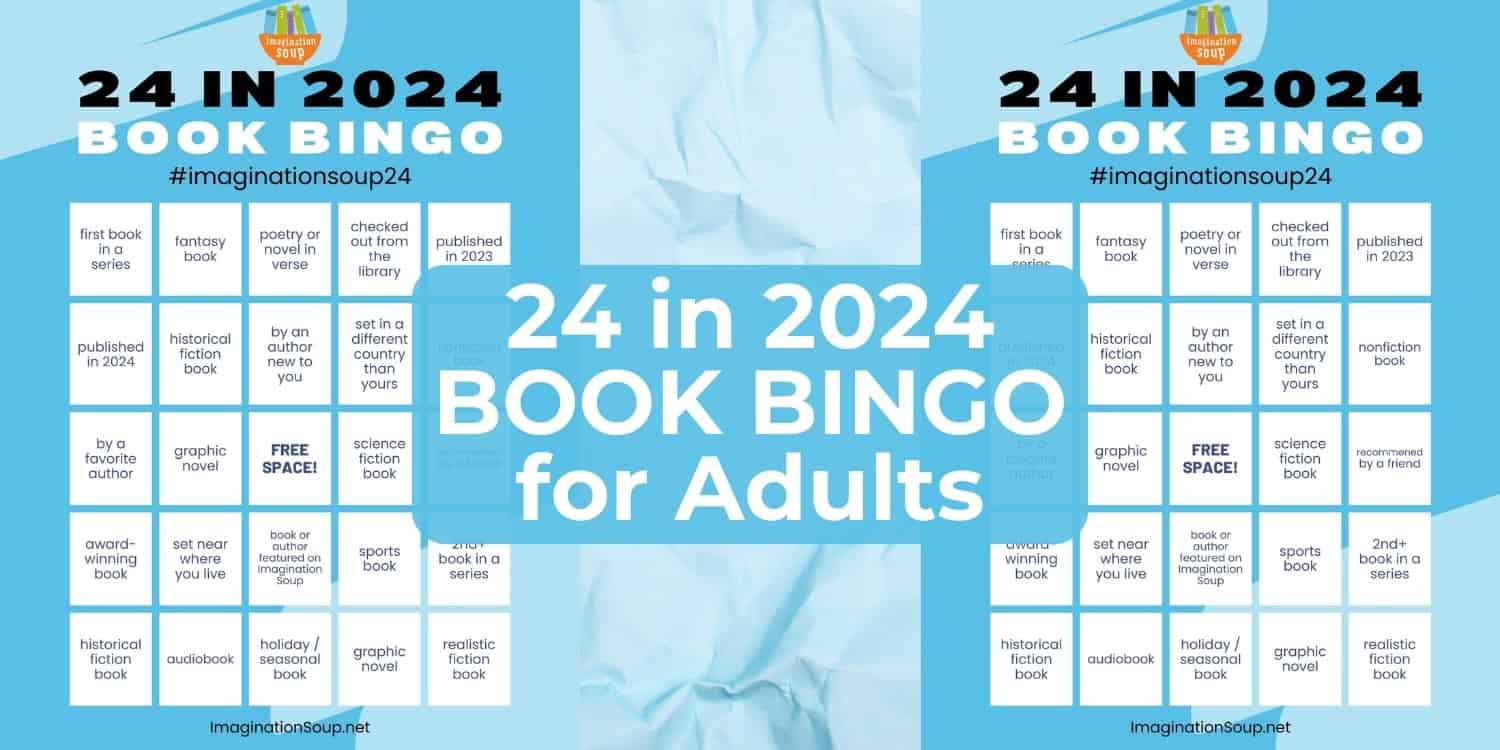


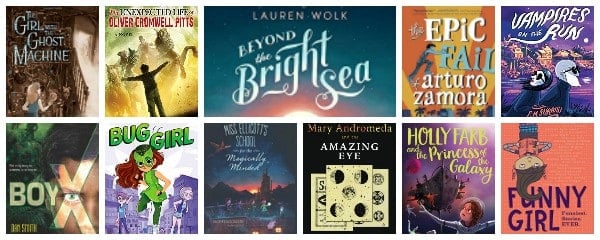
Our child was with Kumon for a year and although we thought that it was quite expensive, we heard it was a pretty decent learning center for children, so we’ve decided to give it a try. Seeing that there was not much change in her math skills, we decided to search for another program that would better benefit us the most. We’ve come to conclusion that Beestar would be a greater alternative to Kumon. I believe that Beestar is a great program in helping children improve in math and other school subjects rather than Kumon. Beestar offers free online math and other subjects such as social sciences and English related subjects as well. This past year, we have seen significant changes in her math solving skills and English as well. We are very satisfied with the results we see with the online management provided. Beestar is definitely a keeper, so why bother staying with Kumon nor search for other programs?!
Oh mama. I’m sorry! What a hard experience for everyone involved. We use Singapore math here at home and we really like it. I feel like it is a good, solid math program. If you’d like something fun to do with the kids, Life of Fred is my kid’s absolute favorite! We are actually taking a break from Singapore right now and using LoF. It’s so fun!
its not just Everyday Math, there are alot of math programs that do this…the problem is that teachers are no longer allowed to teach based on where the students are at, to take them where they are coming from in their math thinking and add to it. A lot of math programs make students follow a specific set of steps, not just Everyday Math.
This isn’t as obvious as most people here seem to think. The underlying assumption is clearly “well, the ‘traditional’ approach was good enough for me, so it should be for my children.” The traditional approach was NOT “good enough” for most people.
Try this thought experiment: How many adults do you know who are willing to readily admit in public that “I was never very good at reading”? Now as that same question about math. The answers are very different. Most American adults claim “not to be very good at math,” and most of them were taught by traditional methods. Those traditional methods have absolutely failed to create an adult population that is both (a) skilled at math and (b) confident in those skills (beyond basic arithmetic, which is, well, very basic…it’s the equivalent of “decoding” in reading…you have to be able to do it, but if that’s all you can do, you can hardly be considered an adept reader).
This is NOT a defense of Everyday Math per se…it’s a defense of the need to find ways of teaching mathematics that do a much better job than we’ve ever done in this country with our students ability to handle mathematics.
My own $.02 worth (and in addition to being the parent of two children, I’ve been an educator for 40 years) is that children learn in different ways…to have only 1 method of teaching math makes no more sense than having 1 method of teaching reading. Not all children learn best by “sounding it out.” Not all children learn best by “learning by sight.” Same with math.
Every good math teacher has at his/her disposal a broad spectrum of methods for teaching the same concept or skill in order to reach as many kids as possible. One serious problem is that although most elementary teachers have this broad knowledge and pedagogy in language arts, they don’t in math. They were the product of poor math instruction, and they aren’t well suited to teach math well as adults, no matter what the method used.
This math program makes me want to scream and cry. My daughter feels so incompetent with math because she has not achieved mastery in anything. We spend hours on math homework each night- which includes the tears and feelings of not being smart. The Chicago Public Schools doesn’t offer anything but this math program. They don’t offer additional help. She is already behind in math, as reported by MAP tests. How far behind will she be when Common Core Standards are in place. If I didn’t have to live in this city I would move immediately!